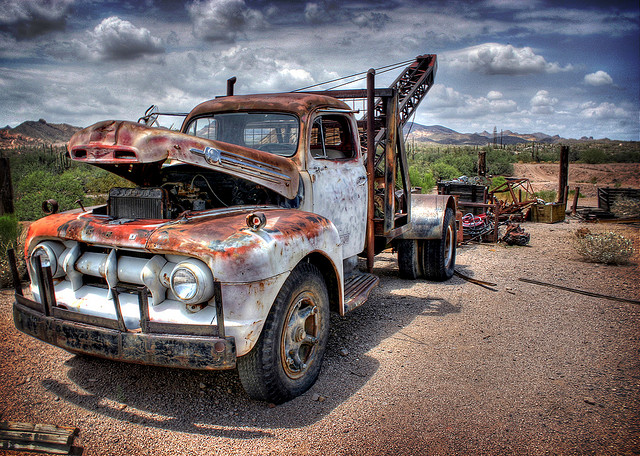Most landscape photographers have minimal experience with high dynamic range photography. However, the fame of the HDR technique has continued to increase among both the armatures and highly experienced photographers. This is because of the stunning and unique images that this technology can produce. Here are some of the tips that can assist and landscape photographer maximize the benefits he gets from HDR photography.
- Use a Tripod
Most photographers don’t find the tripod to be 100 percent necessary, but it will make your life to be easier. In fact, it delivers better final images that handheld HDR images. The tripod will help you to secure your camera. Remember, you could be combining more than three images in one scene. You want all of them to be as close to being identical as possible. Any slight movement of the camera can cause inconsistencies in the images and thus creating blurry or ghosting spots. The Aurora HDR software has tools that can compensate for these shifts but is it is advisable to get it right on the first attempt.
- Use Settings to Experiment
The post-processing tool from aurorahdr.com comes with several presets that you can choose while editing the images. However, you need to reach the full potential of your images by experimenting with the settings. The true power of excellent photography rests in fine tunings your settings. The good thing is that you are not required to have a full knowledge of what you are doing for you to test these tools. Try to play around with the color saturation, sliders, and other effects to see the results they will display.
- Less is More
Most photographers have a lot of excitement of what HDR can do from the beginning. This can create in you the desire of creating excellent images from the beginning. You may end up overdoing the art and destroying an otherwise good image. Over processed or oversaturated images are not the best for any work of photography. An image that would have grabbed your attention may end up being so distracting.
- Point Up
Most of the landscape photographers tend to overlook this element. You can create tremendous photos by simply shooting the sky, especially when using HDR. You will find most amateur photographers looking for sunny days and blue skies. There is no problem with this approach but did you know that cloudless skies can create very boring photos. It is good to always focus on the skies. Processing of HDR accentuates the awesome patterns you will find in the skies whether you are dealing with wispy cloud trails or a menacing thunderstorm.
- Blend with the Origin
Some photos will never look good however much you try to edit them. You can have a sky that is very noisy while some sections may appear to be so intense. Blending a problematic HDR photo with an original exposure will give it a more realistic appearance. Just bring the two images in a Lightroom or photoshop and align them on top of each other. You can thereafter use the available blending modes to experiment them. You will realize that these two images will give you a better result.

